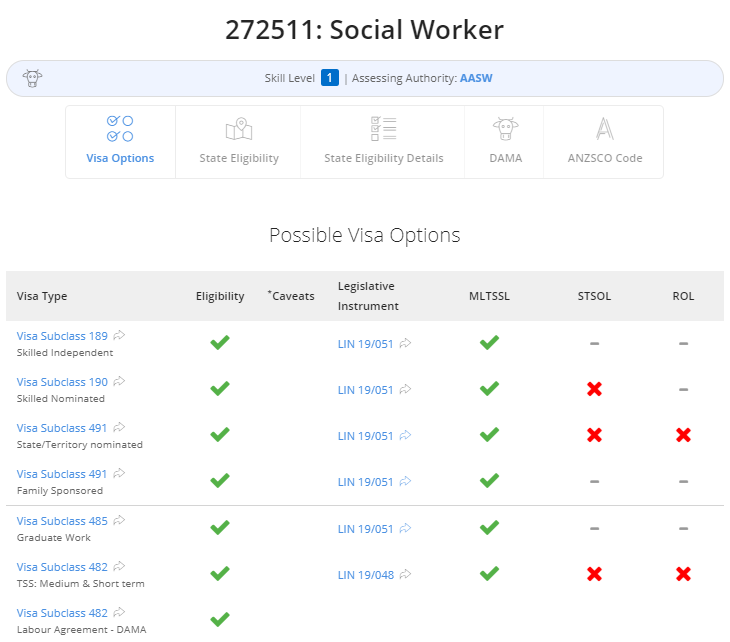
Computer networking is the sharing of information and resources between computers. It allows users the ability to share software and files. It also protects systems at a low cost and is efficient. Computer networks have many benefits. They can increase productivity, efficiency, and security. These are the main reasons that so many people choose to use computer networking for their business.
Shared knowledge
Organizations can gain many benefits from knowledge sharing. It can streamline work processes and increase employee productivity. Many companies lack the right culture to encourage knowledge sharing. Employees are hesitant to share critical business information, fearing they will lose their competitive edge. Ineffective knowledge sharing costs businesses $47 millions annually. Additionally, silos in an organization can be caused by a lack knowledge sharing.
Reciprocity is one of the many benefits of networks. Reciprocity, which is the expectation that participants will receive knowledge in exchange for their participation, is an important part of knowledge sharing. The reciprocity is usually limited to direct mutuality where the recipient is expecting knowledge from the participant. However, in general it is expected that members of the network will learn from each other.

Cost-effectiveness
The Chancellor has spoken with network operators and is confident that his budget will be used to improve cost-effectiveness. Networks are central to the delivery and support of business initiatives as well the user experience. I&O leaders should adopt new technologies and processes, and change their culture. This will increase the company's overall health and the value of its network investments.
There are many ways you can measure the effectiveness or a treatment's efficacy. The most common approach is to look at costs and effectiveness for a new treatment and compare it to a baseline. Costs are often expressed in dollars.
Efficiency
Network efficiency is a measure of the efficiency of information exchange and communication. The distance between a node and another is a measure of how efficient communication is. The efficiency of a network's network can also measured at local scales. This is where efficiency can be measured by how efficiently a node shares information with other nodes.
The global measure for efficiency of a network is susceptible to outliers. It tends to underestimate its efficiency. To estimate the efficiency of a network, normalizing procedures use edge weights. This method can be statistically stable and is physically grounded.

Speed
Businesses can benefit from the speed of network connections. An employee who needs to log in to the Internet to do work needs to have a quick response and be able to concentrate on the important tasks. A high-speed network supports multiple people working simultaneously, without slowing down the service. High-speed Internet is especially useful for companies with many employees using various devices.
Speed networking has another benefit: it cuts down on small talk at meetings. There is no need to end awkwardly or overthink. Everyone can talk more freely and without wasting their time.
Challenges
Although networks are powerful tools for implementing and delivering government policy, they also have their challenges. This book addresses some of these challenges and provides solutions. The authors also provide tools for managing change and other critical issues that network managers must consider. This book gives a clear overview of the potential of networks to address key challenges and opportunities. This book is an invaluable resource for anyone who wants to learn more about the role networks play in service delivery and public policy.